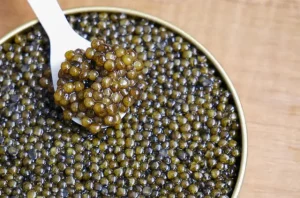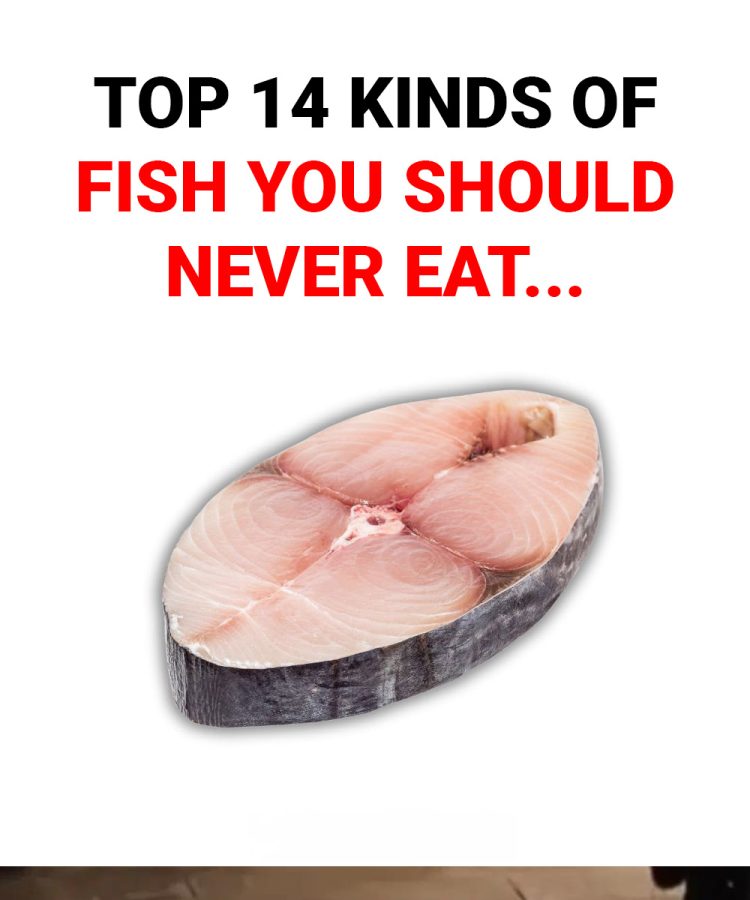3. Caviar
Caviar comes from the eggs of the Beluga Sturgeon, a centuries-old fish that can live for up to one hundred years. These eggs are in high demand and can fetch thousands of dollars per pound. As a result, the Beluga Sturgeon is now at great risk of extinction. The same threat applies to many other sturgeon species as well.
4. Chilean Bass
Its high mercury content poses a health risk to humans

5. Eel
Eels are slow to mature and have been overfished in many parts of the world, causing some populations to collapse. This is problematic as eels play an important role in spreading mussel populations, which act as natural water filters . In addition, eels absorb and store harmful chemicals and pollutants very easily. This is such a problem that in some areas residents are advised to eat eel no more than once per year.
6. Imported Basa, Swai, Tra, Striped Catfish
These fish, in some cases, are simply labeled “catfish”, and should be avoided. According to a 2016 study, seventy to eighty percent of these fish were contaminated by Vibrio Bacteria, which is what causes most cases of shellfish poisoning
7. Imported Farmed Shrimp

There are various pesticides that are used globally in shrimp production. All but one of them are banned in the United States. On top of that, these shrimps have often been treated with large quantities of antibiotics, and so any time you handle these raw shrimp you run the risk of being infected with antibiotic-resistant bacteria
8. Imported King Crab
Around three-quarters of all crab sold in the United States is imported from Russia, where unsustainable fishing practices are very common. Technically, the only crab that was caught in Alaska can be called “Alaskan King Crab.” However, mislabelling is incredibly common, so you should know where your crab is coming from. If it says “imported” and “Alaskan” on the label, something is amiss and you should stay away.
9. Orange Roughy
These fish can live for many decades and don’t typically reach se-xu-al maturity until they’re at least twenty years old. They are another species that have been overfished, but due to their very slow reproduction cycles, they have an extremely difficult time recovering. Orange Roughy is also known to have high levels of mercury.
10. Shark
